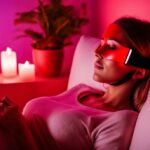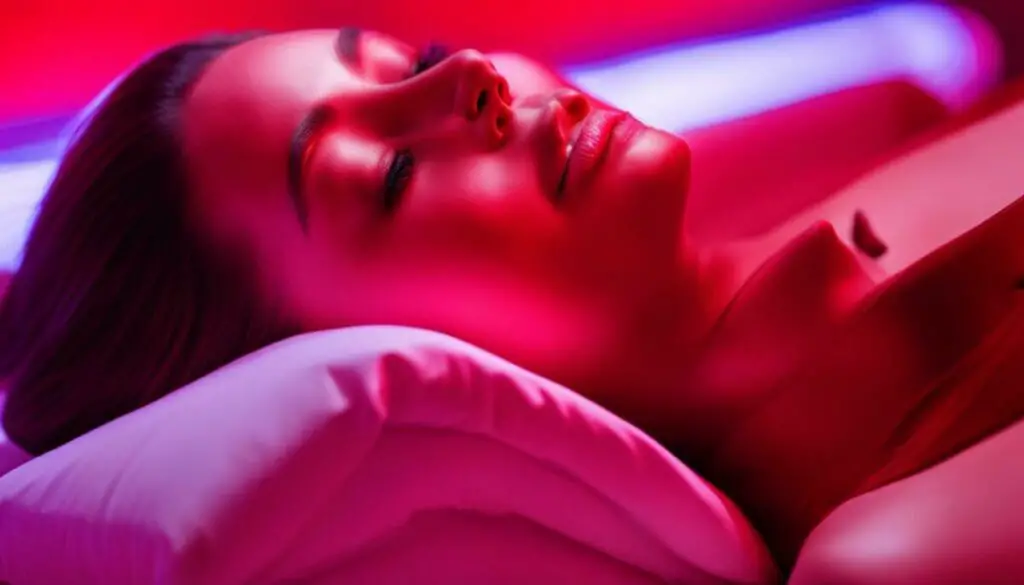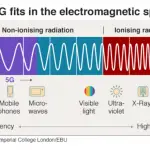Last Updated on 12 months by Francis
Red light therapy is a popular skincare treatment that uses a specific type of light to treat various skin issues, including acne or zits. In this discussion, we will explore how red light therapy works to address acne and its effectiveness as a skincare treatment.
Contents
How Does Red Light Therapy Work on Zits?
Zits, also known as acne, affects millions of people worldwide, and finding a solution that works can be challenging. One of the emerging treatments for zits is red light therapy, a non-invasive treatment that uses specific wavelengths of light to improve skin health. Red light therapy works by penetrating the skin’s surface and stimulating the production of collagen, which helps reduce inflammation and promote healing. It also helps reduce the production of sebum, the oil that contributes to acne formation.
The Science Behind Red Light Therapy for Zits
Red light therapy works by stimulating the mitochondria in the cells, which helps increase the production of ATP, the energy source for the cells. This increase in ATP production helps improve cell regeneration and repair, reducing inflammation and promoting healing. Red light therapy also helps improve blood circulation, allowing more oxygen and nutrients to reach the skin’s surface, promoting healthy skin.
Benefits of Red Light Therapy for Zits
Red light therapy has several benefits when it comes to treating zits, including:
Non-Invasive
One of the biggest benefits of red light therapy for zits is that it is a non-invasive treatment. Unlike other treatments, such as chemical peels or laser therapy, red light therapy does not damage the skin’s surface, making it a safe and effective option for most people.
No Side Effects
Another benefit of red light therapy is that it does not have any significant side effects. People who undergo red light therapy may experience some mild redness or warmth in the treated area, but these effects are temporary and typically resolve within a few hours.
Cost-Effective
Red light therapy is also a cost-effective treatment option for zits. While the initial cost of the therapy may seem high, it is a one-time investment that can provide long-term benefits. Red light therapy can also be done at home, making it a convenient option for those with a busy schedule.
Improves Skin Health
Red light therapy not only treats zits but also improves overall skin health. It helps reduce the appearance of fine lines and wrinkles, improves skin elasticity, and promotes a more youthful appearance.
How to Use Red Light Therapy for Zits
Using red light therapy for zits is simple and easy. There are several options available, including:
At-Home Devices
At-home devices are a convenient and cost-effective option for those who want to use red light therapy for zits. These devices come in various shapes and sizes, from handheld devices to full-body panels. They are easy to use and can be used anywhere, making them a great option for those with busy schedules.
In-Office Treatments
In-office treatments are another option for those who want to use red light therapy for zits. These treatments are typically done by a licensed professional and may require multiple sessions for optimal results. While they are more expensive than at-home devices, they may provide more significant results in a shorter amount of time.
Safe for All Skin Types
Red light therapy is safe for all skin types, making it an accessible treatment option for a wide range of people. Unlike other acne treatments that can be too harsh for sensitive skin, red light therapy is gentle and non-irritating.
FAQs – Red Light Therapy for Zits
What is red light therapy?
Red light therapy is a non-invasive cosmetic treatment that involves exposing the skin to low-level red light wavelengths. The purpose of this therapy is to promote healing and reduce inflammation in the skin, enhancing cellular energy production and collagen synthesis. Red light therapy has been used for various skin concerns, including reducing acne and minimizing scarring.
Can red light therapy help with zits?
Yes, red light therapy can help with zits! The anti-inflammatory properties of red light cause a reduction in sebum production, which leads to a decrease in the number of acne lesions. Additionally, red light therapy can stimulate collagen production and improve skin texture, which can ultimately result in a smoother and clearer complexion.
What are the benefits of using red light therapy for zits?
Red light therapy can provide several benefits for zits, including reducing inflammatory acne by targeting sebum production and reducing bacteria count, decreasing post-inflammatory pigmentation, and promoting wound healing. Additionally, red light therapy can allow for long-lasting improvement and can be used safely on all skin types.
How often should I use red light therapy for zits?
The frequency of red light therapy treatments for zits can depend on the condition of each individual’s skin. However, in general, it is recommended to use red light therapy two to three times per week for several weeks. Maintenance treatments every two to four weeks may also be recommended depending on the skin condition and personal preference.
Is red light therapy safe for zits?
Red light therapy is a safe and non-invasive treatment option for zits. There are no known side effects associated with red light therapy when used appropriately. However, it is important to follow manufacturer’s instructions on usage and not overuse the therapy, as this can lead to unintended consequences. Additionally, if you are experiencing any adverse reactions, you should stop using the therapy and consult with a healthcare professional.







